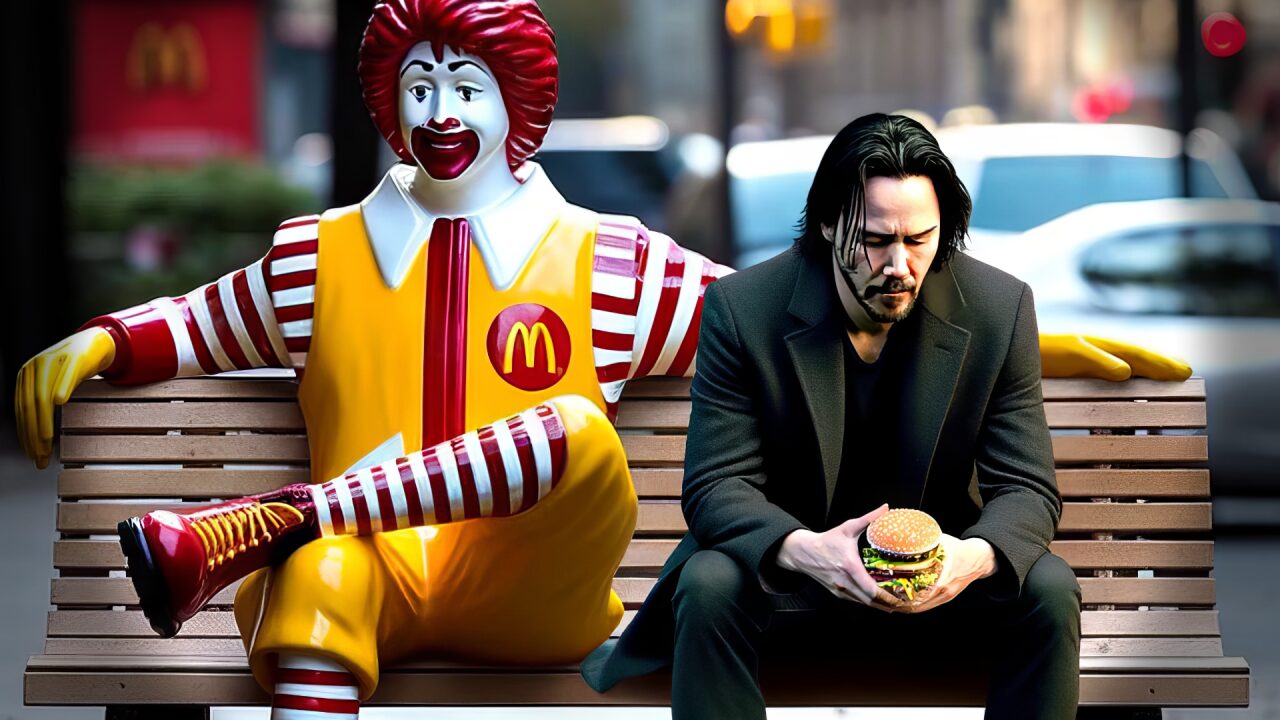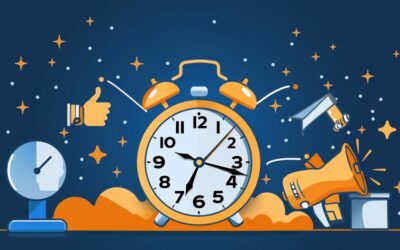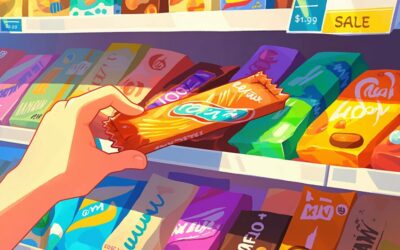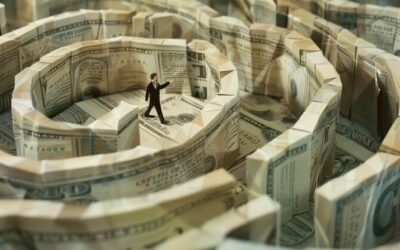Remember when a giant tiger told you to eat sugary cereal, it’s totally healthy for you, and you actually listened? Remember when the Stay Puft Marshmallow Man was more than just a prop for the next Ghostbusters spinoff? If you’re a Zoomer and said, “no,” well strap in because I’ve got something to tell you.
Let’s make mascots great again.
The Decline of Mascots
Back in the golden era of mascots, every brand created their own unique, quirky character. Those iconic mascots like Tony the Tiger, Ronald McDonald, Smokey the Bear, the Energizer bunny, the Kool-Aid Man, Mr. Peanut and more hammered your eyeballs nonstop TV commercial after commercial.
Mascots helped create emotional connections and brand personification, and quite frankly helped the target consumers remember the offerings longer. Think about current mascots and the actual products they represent. A gecko is the spokesperson for… insurance…. That industry also has a duck if reptiles are not your cup of tea. Come to think of it, insurance alone is flush with mascots, from Flo and Jake (from State Farm) to cavemen and Mayhem. I guess that’s the only way you can get audiences to emotionally connect with that terrible industry.
In a darker side of history, the tobacco industry also had their own stable of mascots, from the Marlboro Man to Joe Camel. I haven’t seen the vape industry pick up this flag and run with it, so I guess that’s good?
As an aside, did you know the Pringles guy is named, “Julius Pringles?” This is news to me, but maybe I’m alone.
At some point, and I don’t exactly know when, these glory days of mascots came to an end, and I have some thoughts as to why. Mascots just didn’t fit into the minimalist, artisanal, avocado-toast-eating world of modern branding. Companies shifted to lifestyle-oriented advertising, where their focus was more on real-life situations and emotional storytelling rather than relying on fictional characters. This change aligns with growing consumer preference for authenticity and relatability in advertising.
I’ve personally seen this, when one of my previous companies made it their mission to delete their mascot penguin from every material they created. Why did they have a penguin to begin with? Apparently the website designer put a penguin on a mockup and never removed it. Yes, this is a real story.
Another company rid themselves of a mascot that was the spitting image of Stewie from Family Guy if he was instead middle aged and wore a polo shirt every day, scaring children across the region. I agreed with this de-mascotification.
Of course other issues persist with mascots, from the overshadowing by social media influencers, a push for diversity in advertising, worries about stereotyping and sensitivity across multiple cultures, expectations for social responsibility, etc.
But there’s just one problem about all of that: it’s booooriiiiing.
The Japanese Mascot Culture
Join me if you will as we skip across the Pacific Ocean to Japan. Japanese mascot culture is wild, and you’ve no doubt seen some of the crazy anime cartoon mascots associated with all sorts of products, from sushi rice to bleach.
This Japanese culture, called “Yuru-chara,” is leveraged for a wide range of purposes, from promoting towns and regions to products and services. Yubari City in Hokkaido’s mascot is a bear with a melon for a head, and this cute but frightening bear promotes the city’s famous melon crops. Kan-chan… a sewer mascot… is used to raise awareness about the sewer system in Japan. Another mascot, found on bags of rice, is an anthropomorphic rice grain that poses and wears different outfits based on the type of rice in the bag.
Is all of this weird? Yes, absolutely. But also, these characters on otherwise forgettable topics and products make for a fun, quirky experience that I feel we’re missing in today’s sterile, calculated marketing culture.
But I believe all of this can change. Actually, I believe it WILL change. I call it Mascots 2.0.
The Future – Mascots 2.0
The first tipping point will be nostalgia. When everything seems disconnected and dispassionate, emotional connections will create a space for mascots to return. They will also allow for differentiation in a crowded market of lifestyle brands.
Moreover, cultural shifts and trends are cyclical. And I think we’re probably to the end of the current cycle. You can see a growing disdain and disconnect between brands and their consumers.
Some more technological advancements will also contribute to mascotification, including AR and VR, where those mascots can be brought to life in more engaging and interactive ways than ever possible in the past. Tomorrow’s mascots might just slide into your DMs. Be careful out there.
The most important reason we may see a resurgence is the same one we’ve had all this time: personification of brands that otherwise would be overlooked.
So yes, please join me in the great resurgence of mascot culture for brands. They’re grrreat!!
But I’ll leave it up to everyone else whether they follow me down this rabbit hole. If you’re with me, what’s your favorite mascot? What future mascots should exist? Leave thoughts in the comments.



